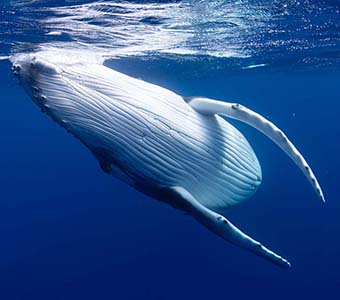Tonga is known as one of the few places in the world where you can snorkel with humpback whales. These magnificent beasts pass through the islands between the months of July and October in order to mate and give birth. They then leave for their Antarctic feeding grounds.
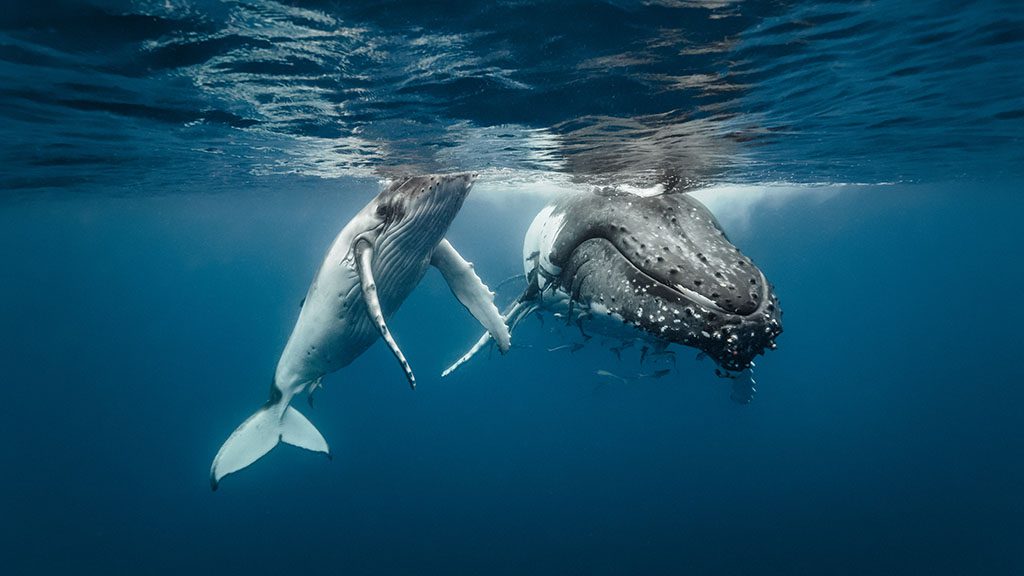
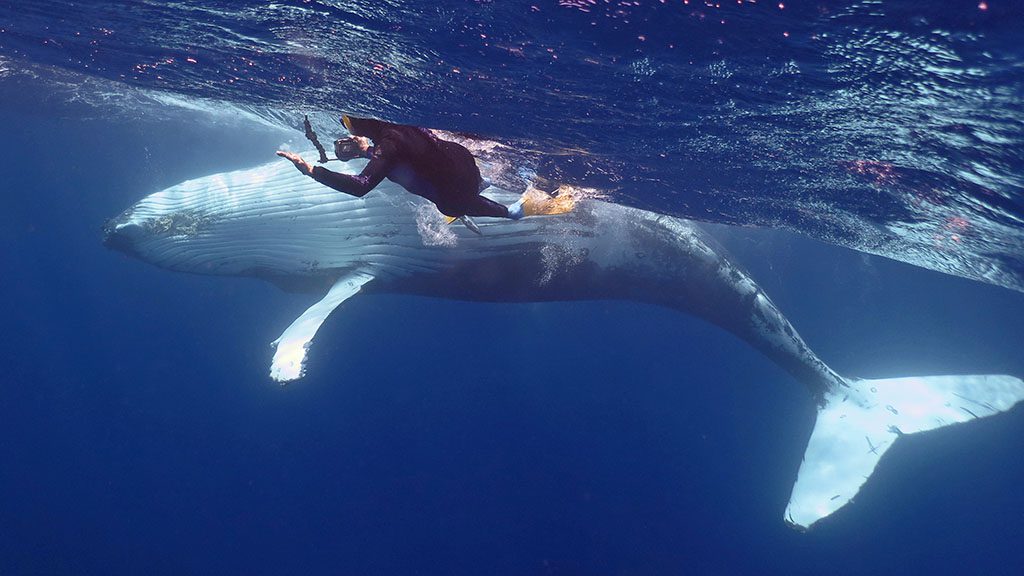
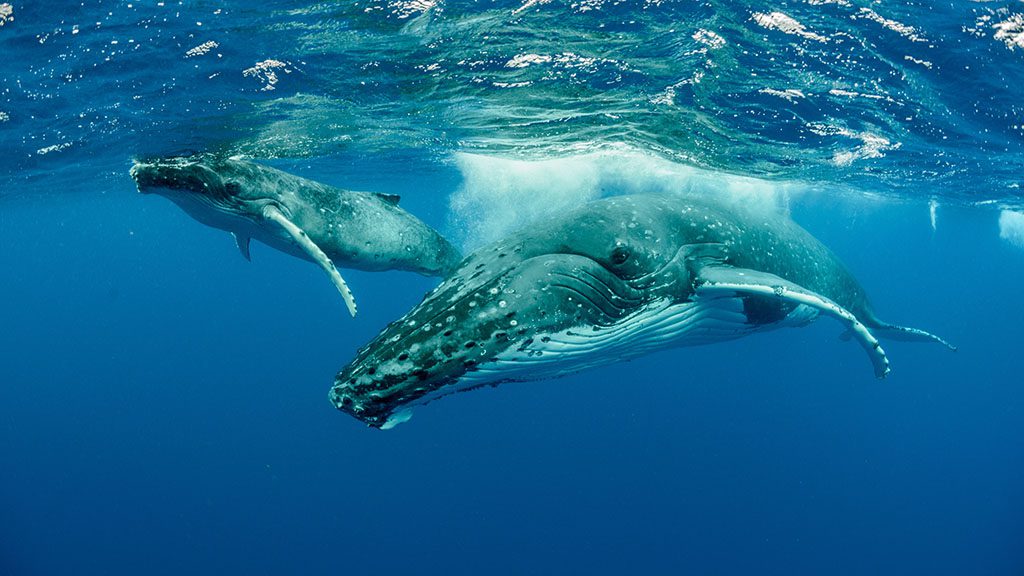




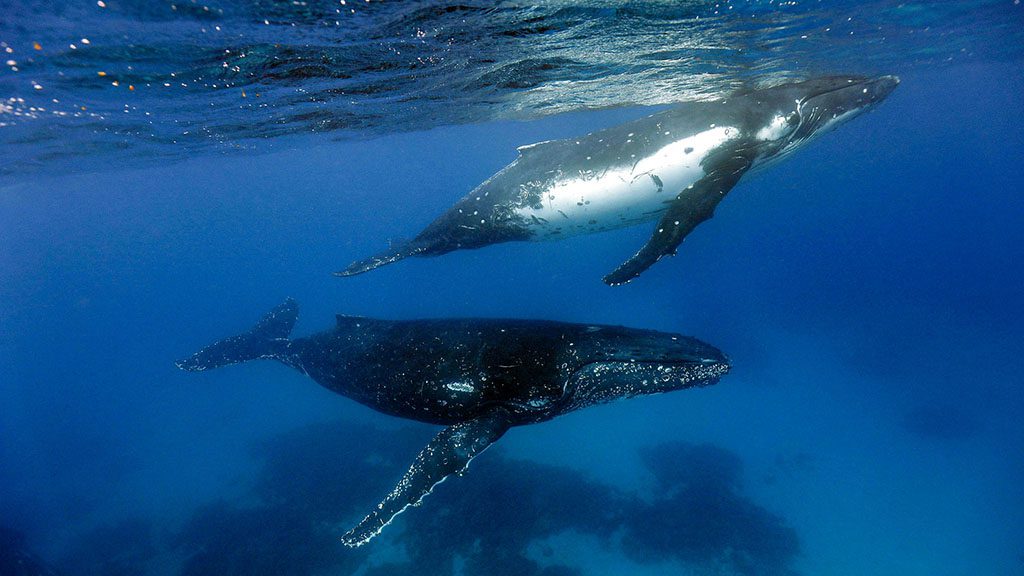
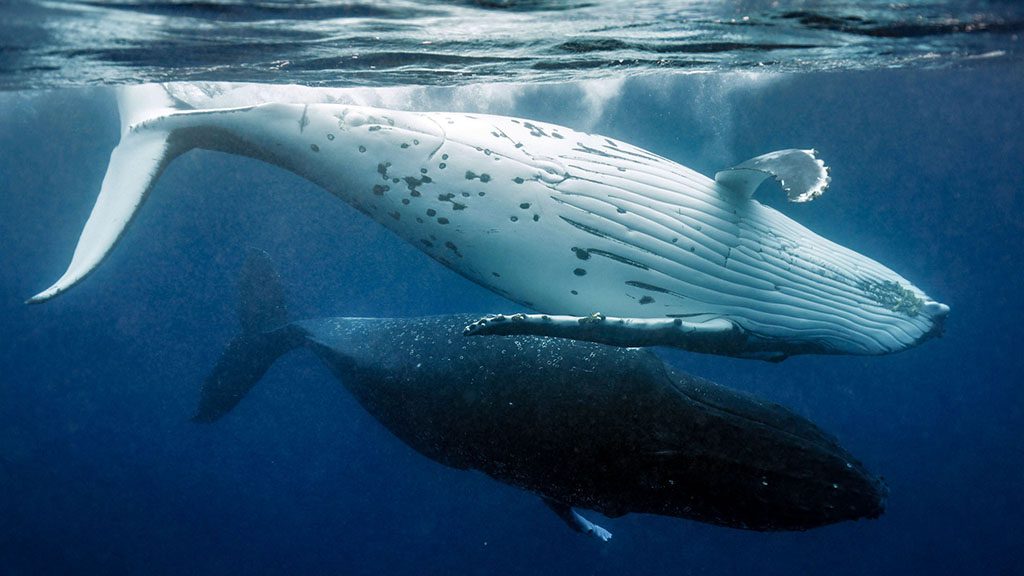
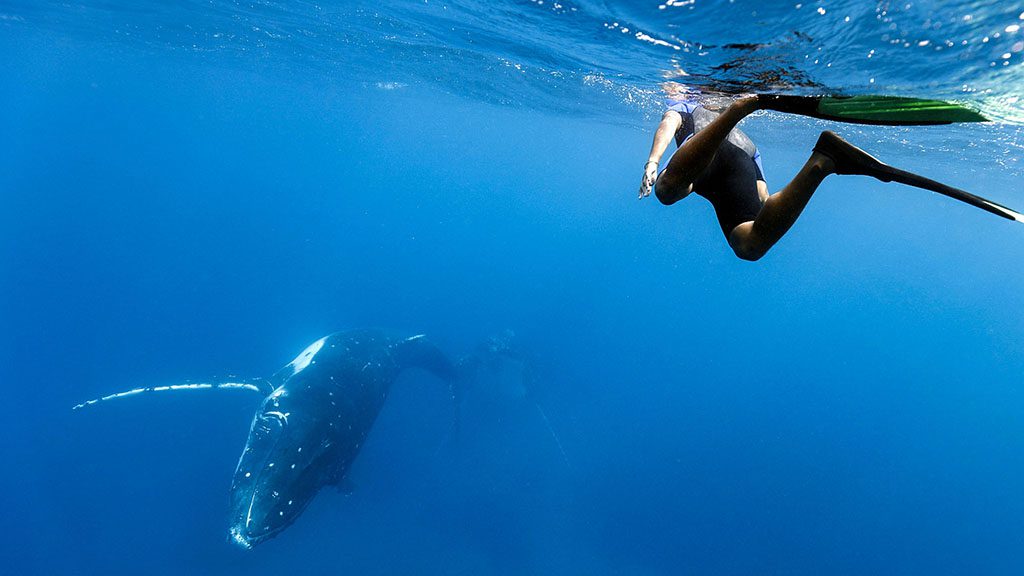
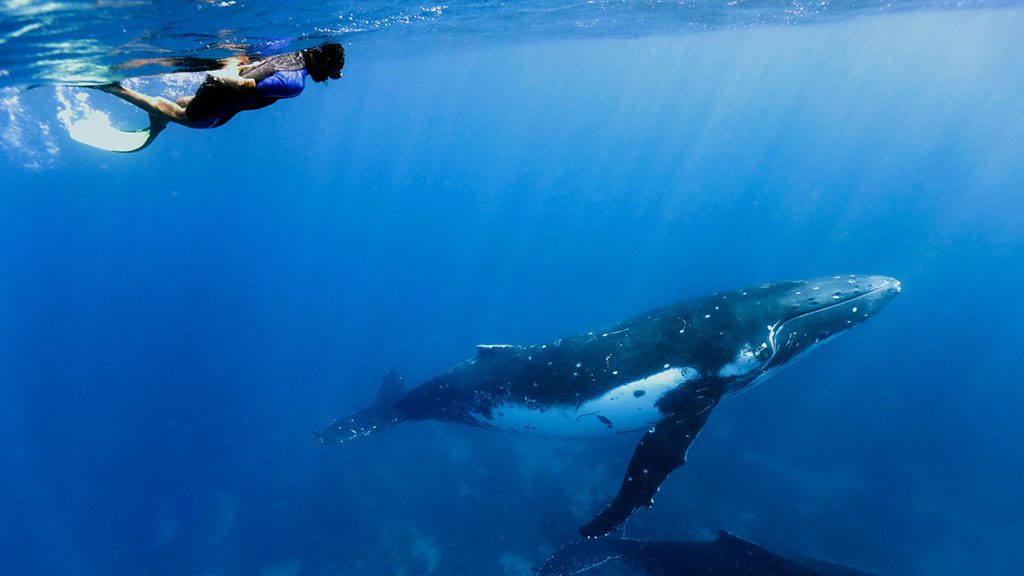
In addition to humpback whales, divers can encounter manta rays, eagle rays, many shark species, and other diverse marine life in the area. The underwater geography is just as diverse as its marine life; with dive sites containing everything from coral gardens to caverns and vertical walls, Tonga truly has something for everyone.
Tonga is comprised of 169 islands located in the Pacific, directly south of Samoa. Stretching over 800 kilometers and with a total surface area of 750 km², only 96 of these islands are inhabited. Tongatapu is the country’s main island and where most of the inhabitants live. Tonga is also called the Friendly Islands because of its friendly reception toward Captain Cook during his first visit in 1773.
Getting There
Fiji Airways is this is the only airline with regular arrivals (6 per week) and departures (4 per week). Other airlines may require a trip extension.
Though please note, we generally find the duration of our packaged tours to be long enough for most tourists to see the island. We like to say ‘Tonga is for travellers, while Fiji is for tourists’. Tonga does not have anything in the way of typical resorts or tours that tourists might be used to. If additional book-ended travel days are asked for, our recommendation is to organise these for Fiji.
The reefs of Tonga include thousands of fish species such as barracuda, butterflyfish, clownfish, and tuna. They also contain varieties of shellfish such as crabs and shrimp. The main draw for tourism on these islands is swimming with the humpback whales. Tonga is one of the only places in the world where divers can interact with and observe these magnificent creatures in the water. The best place to encounter humpback whales is at Hunga Magic, Vava’u.
Tonga’s reefs are some of the most unique and extensive coral environments that can be found in the central South Pacific area. With over 1,500 square kilometers of reef area containing both hard and soft corals, Tonga reefs ensure a beautiful and colorful dive. As 75% of Tonga’s islands are uninhabited, many of their reefs are left almost untouched by human activity.
Vava’u offers divers some exciting drift dives along walls and drop-offs. Here, divers can see the occasional white tip, blacktip, and Grey reef sharks. Macro life is also abundant here with nudibranchs, crabs, shrimps, and small fish. Most dive sites are a 20-minute boat ride away from the harbor and feature gorgonian fans as well as soft and hard coral gardens. The reefs are healthy, and visibility often exceeds 100 feet.
Here’s what the diving conditions look like in Tonga.
- Water Temperature: Water temperatures vary from 24C/75F to 28C/82F. Scuba diving, snorkeling, and free diving are year-round.
- Visibility: During the dry season, visibility is often 100’+ at the most popular dive sites.
- Weather: The warm season is from December to May, with temps in the mid-70s. The cool season is from May to December, with temps averaging 69F
Tonga has a tropical climate which is governed by a wet and a dry season. The wet season runs from December to April with average daytime temperatures reaching 30°C and nighttime temperatures dropping to 22°C. The dry season is between May to November with average daytime temperatures sitting at 27°C, falling to 20°C overnight.
We recommend taking light, casual clothing. However please be aware that the country’s culture and religion call for a more conservative dress code. Please consider this if you are planning on participating in above-water activities.
Currency: Tongan Pa’anga
Time Zone: GMT+13
Take normal travel precautions when eating and drinking – tap water is not safe to drink unless boiled or chemically treated. Drinking water is purified at major hotels and restaurants.
Here are the top scuba diving spots that you shouldn’t miss while diving Tonga:
1. Hot Spring Cavern, Ha’apai
Divers can enter the Hot Spring Cavern at a depth of 25 meters and explore the impressive cavern. Inside, divers will find the hydrothermal vent which supplies the spacious cavern with warm water. This is the perfect dive site for the adventurous diver.
2. Arch of Ofalanga. Ha’apai
Diving at the Arch of Ofalanga is highly-recommended when diving Tonga. The arch is over 20 meters wide and 15 meters tall. It truly is an incredible site for divers to enjoy.
3. Hunga Magic, Vava’u
Hunga Magic is one of the best sites for divers to encounter humpback whales. The humpback whales pass through the islands to breed from the months of July to October. However, divers will need to arrange this through a licensed tour operator. Any pre-meditated encounters with whales are snorkel-only.
4. Clan MacMillan Wreck, Vava’u
The Clan MacWilliam Wreck is a well-intact freighter, 140 meters long and was built in 1918. Located 20 – 40 meters below the surface, the wreck sits upright in the sheltered waters of the harbor. The upper deck, handrails, and superstructure are covered with a variety of corals and fish. With tons of macro life living on the wreck, it is highly recommended that divers bring a torch to be able to see into some of the larger compartments. The wreck also makes for an exciting night dive.


